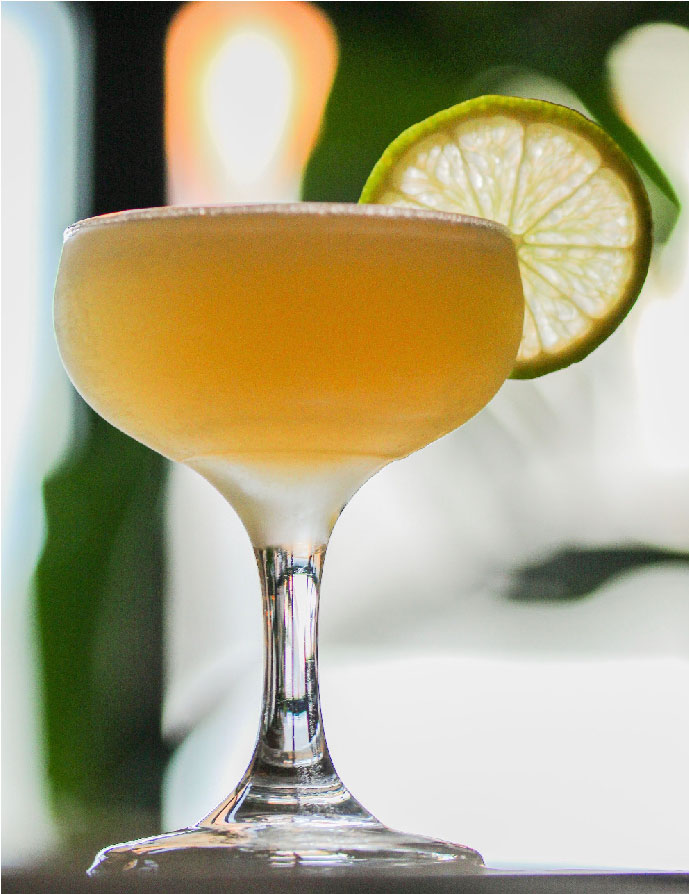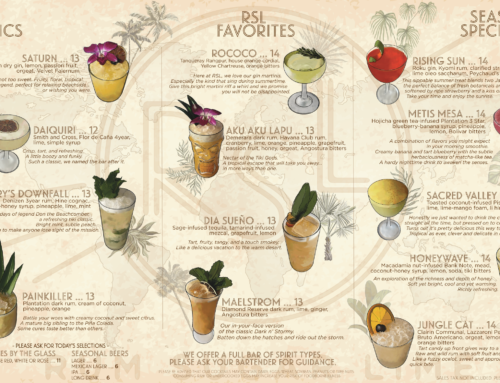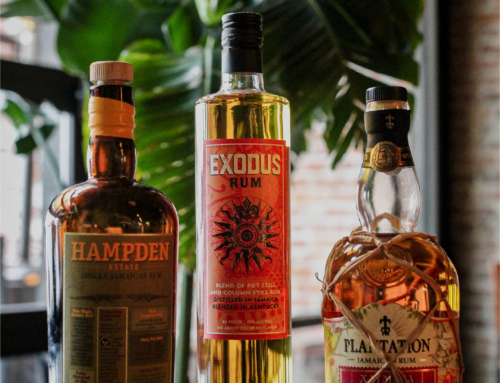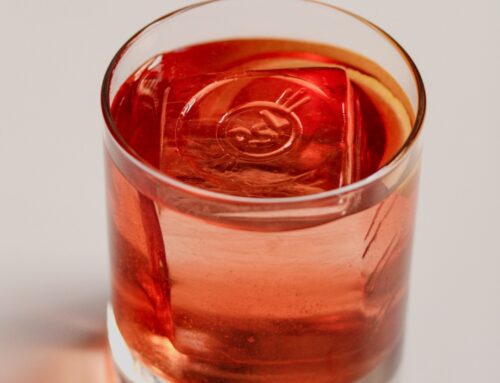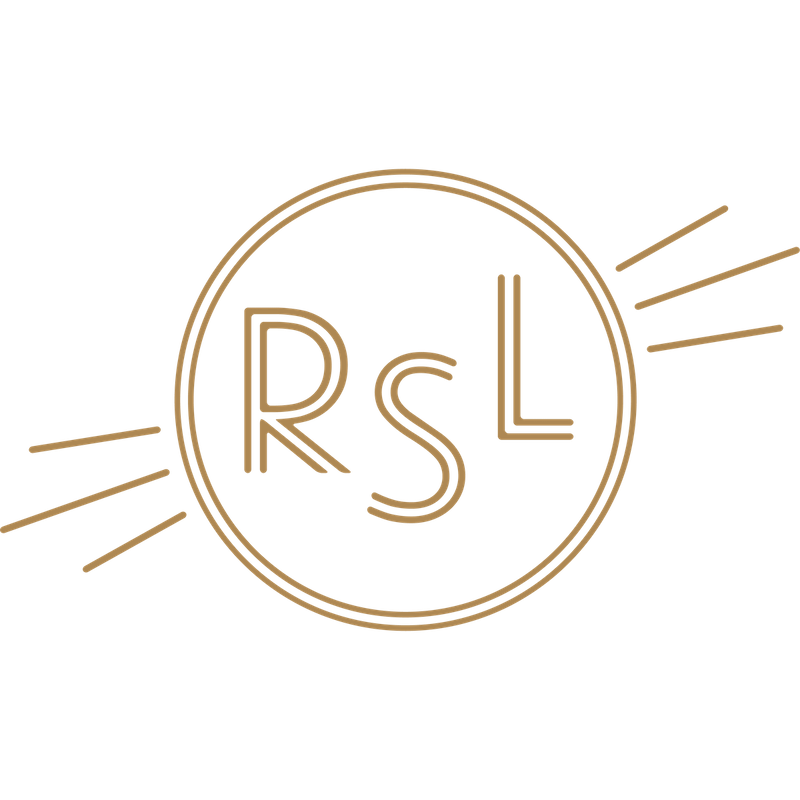When creating a cocktail recipe, we know balance of flavors is key.
Any spirit may exhibit certain flavors that are brought to life by the addition of another ingredient, or even altered completely by the addition of a third ingredient.
Clashing ingredients or the wrong ratios and you can have a jarring, terribly off-balance drink. But by exploring flavors, adding and subtracting, testing and re-testing, we can create wonderful new cocktails and flavor combinations.
This play of “flavor math” can sometimes be confusing, but it all begins to make a lot of sense when you can recognize which flavor categories you’re working with and how to use them to either enhance or offset one another.
There is a lot of info out there about the seven basic tastes perceived by the tongue with regard to food, but I’m taking it a step further here by adding the category of “boozy”, which for the purpose of cocktail recipe development, is its own thing.
The 7 Cocktail Tastes:
-
BOOZY: the characteristic flavor and aroma of the presence of alcohol in a large percentage. It may be sharp, warming, nose-tingling, or burning.
-
SWEET: perception of the presence of sugars. Honey, fruits, maple syrup.
-
SOUR: perception of the presence of acids. Citrus, vinegar, yogurt, kombucha.
-
BITTER: perception of the presence of bases. Certain botanicals like gentian root or cinchona bark, amaro liqueurs, tonic water, coffee, dark chocolate, beer, cranberries, cruciferous vegetables, green tea, bitters.
-
UMAMI: perception of savory or meaty flavors such as tomatoes, mushrooms, onions, cured meats, some cheeses.
-
SALTY: Perception of sodium chloride. Sea salt, olives, bacon, pickles, cheeses.
-
ASTRINGENT: a drying sensation often associated with unripe fruit and the presence of tannins. Think black tea, red wine, pomegranate, juniper.
But when we understand the different categories of flavor and how they can balance or enhance one another, we can create a delicious and well-balanced cocktail much more quickly than the old trial and error by guesswork method. Let’s dive into the flavor math!
As general rules of thumb:
-
SWEET enhances SALTY
-
SALTY enhances SWEET
-
SOUR enhances UMAMI (and also SALTY)
When flavors are enhanced, they’re made more prominent or boosted. Think of how flavorful authentic tacos are with a squeeze of lime, or fish with a squeeze of lemon. Imagine a perfectly balanced margarita with a salt rim (or a pinch of salt added directly to the shaker). That little pinch amplifies the flavors of the drink, making them more pronounced, and quite frankly, more delicious!
As general rules of thumb:
-
SWEET can balance SOUR, BITTER, or SPICY / HEAT
-
SOUR can balance SWEET, BITTER, or SPICY / HEAT
-
BITTER can balance SWEET or SALTY
-
SALTY can balance BITTER
-
SPICY / HEAT can balance SWEET
To balance one flavor with another, we mean we are counteracting the first flavor because it is too dominant. We balance a cocktail that is too sweet by perhaps adding more acidity, or maybe something bitter. This effectively tones down or minimizes the impression of sweetness, making the flavors of the drink taste more harmonious and pleasing. The rules above are a great starting point, but we still have the categories of Boozy and Astringent to contend with. Let’s think about the role dilution plays in the creation of a cocktail.
-
BOOZY and ASTRINGENT can be balanced by DILUTION
-
BOOZY can be balanced by SWEET or BITTER
The quickest and easiest way to balance a drink that is too boozy is to simply water it down a bit, whether that means that it needs to be shaken or served on the rocks or have more booze-free ingredients in the mix. The same goes for too much astringency, or that drying, puckered feeling: just add water (or another lengthener).
However, a boozy cocktail can also be balanced by adding sweet or bitter elements to offset the firewater vibe. Think of an Old Fashioned. Balance is achieved in a drink that is mostly booze when we add a small amount of sweet plus enough dilution.
Now consider a Negroni. The play of boozy, bitter, and sweet in a harmonious ratio is what makes it one of the most popular and palate-pleasing cocktails of all time.
So how does the Perceived Temperature category play into all of this? We know how Spicy flavors interact and balance, but what about that Cooling category? In my experience:
-
COOLING can help to balance BOOZY, SWEET, and SOUR
When we use the cooling flavor of fresh mint as a garnish in a cocktail, and we breathe in the aroma with each sip, it can cut through the heat of a spirit-forward serve and also temper the intense sweetness or sourness of a drink.
These are the kinds of things you learn and understand best by doing, and see what works best for you.
In the world of home bartending, there really is no right or wrong, there is only your preference and what tastes best to you.

